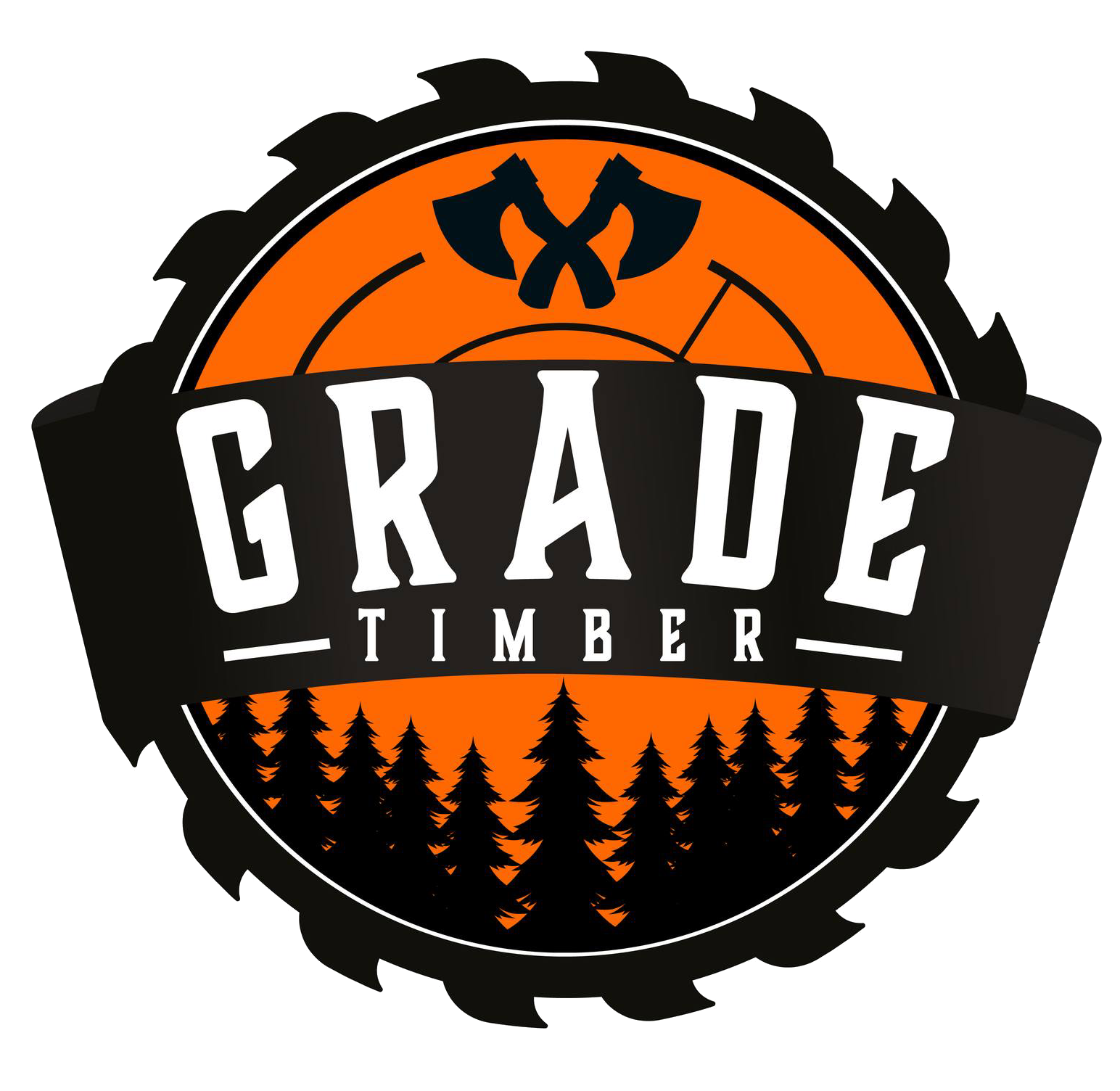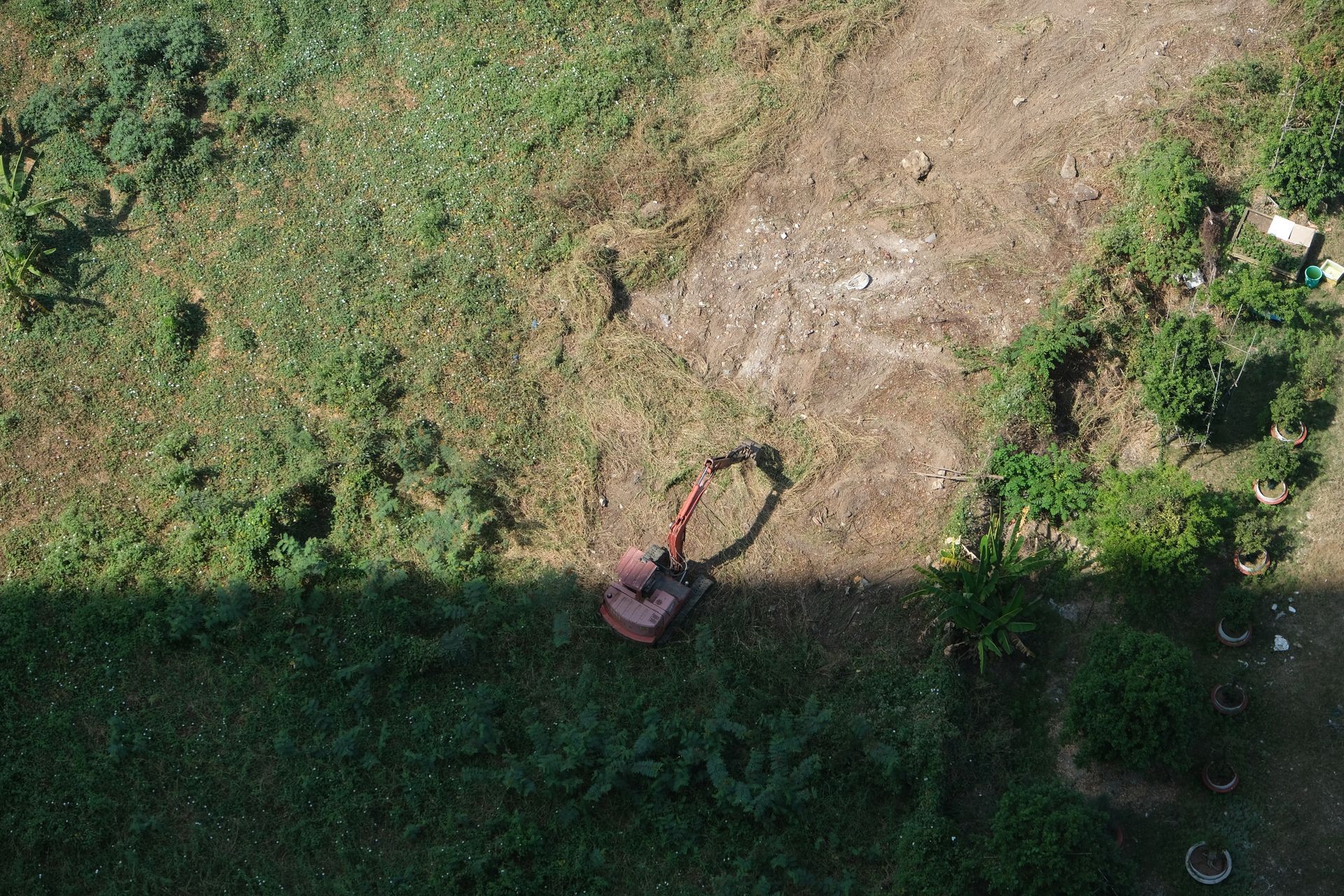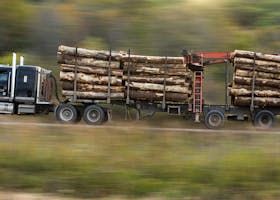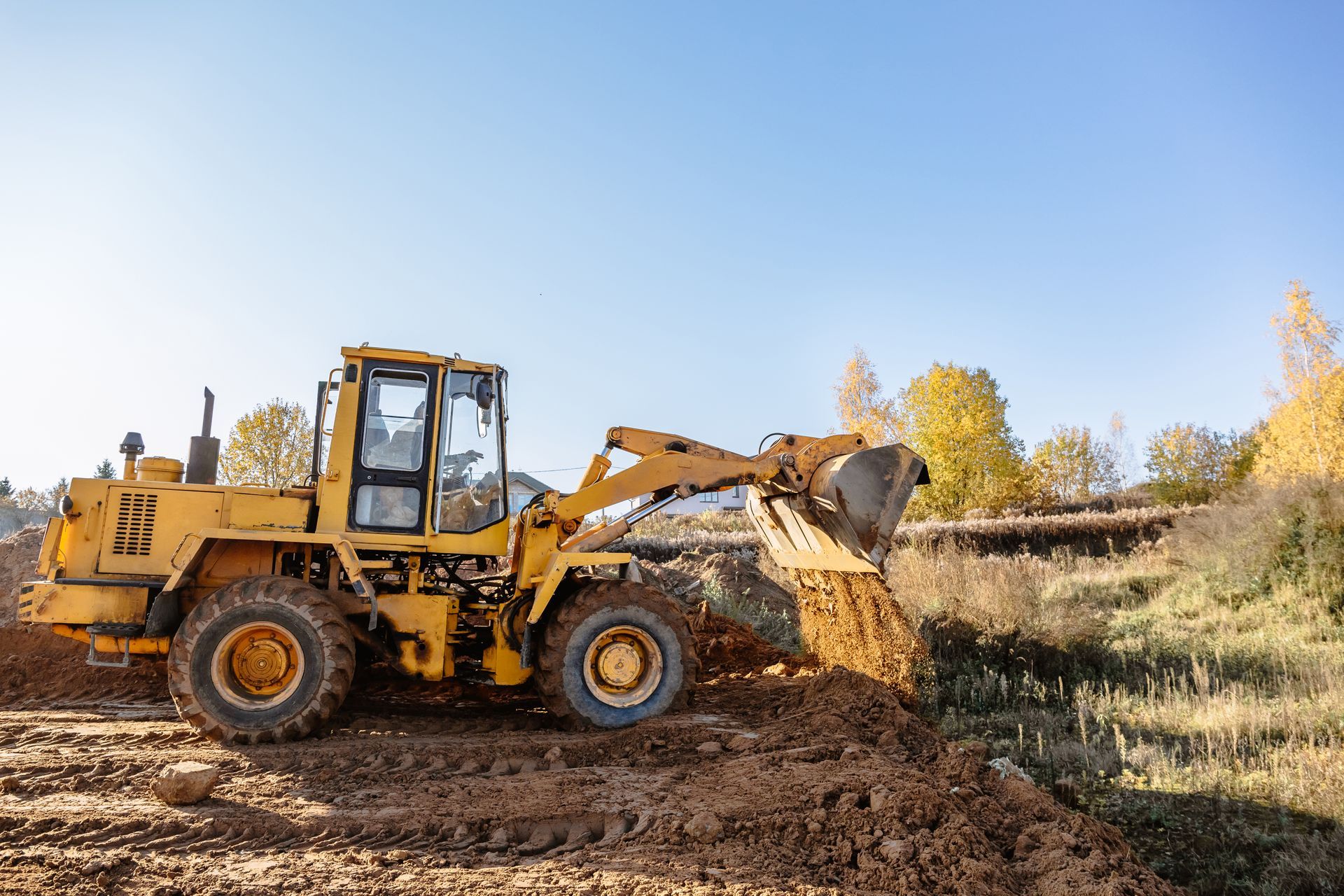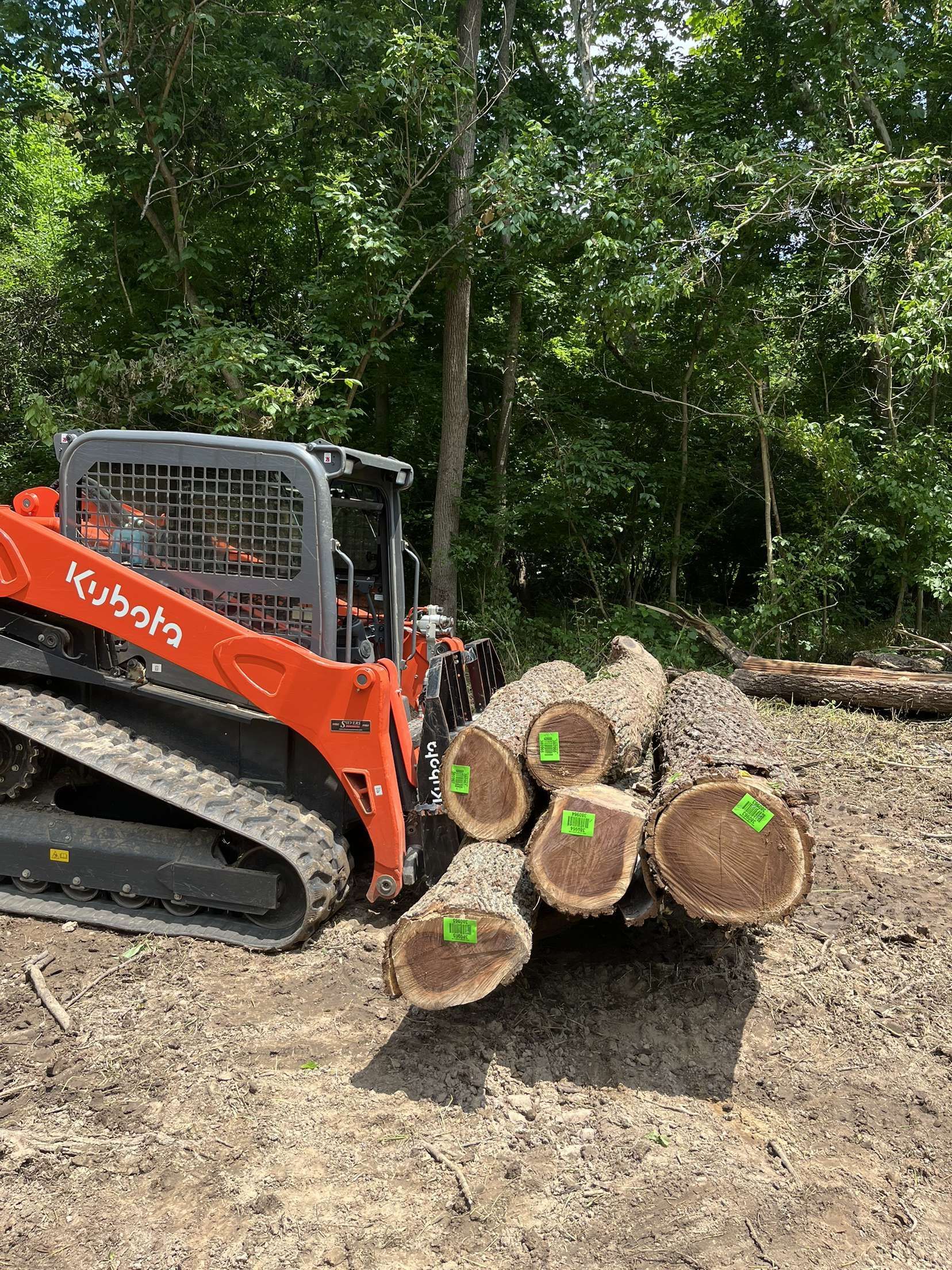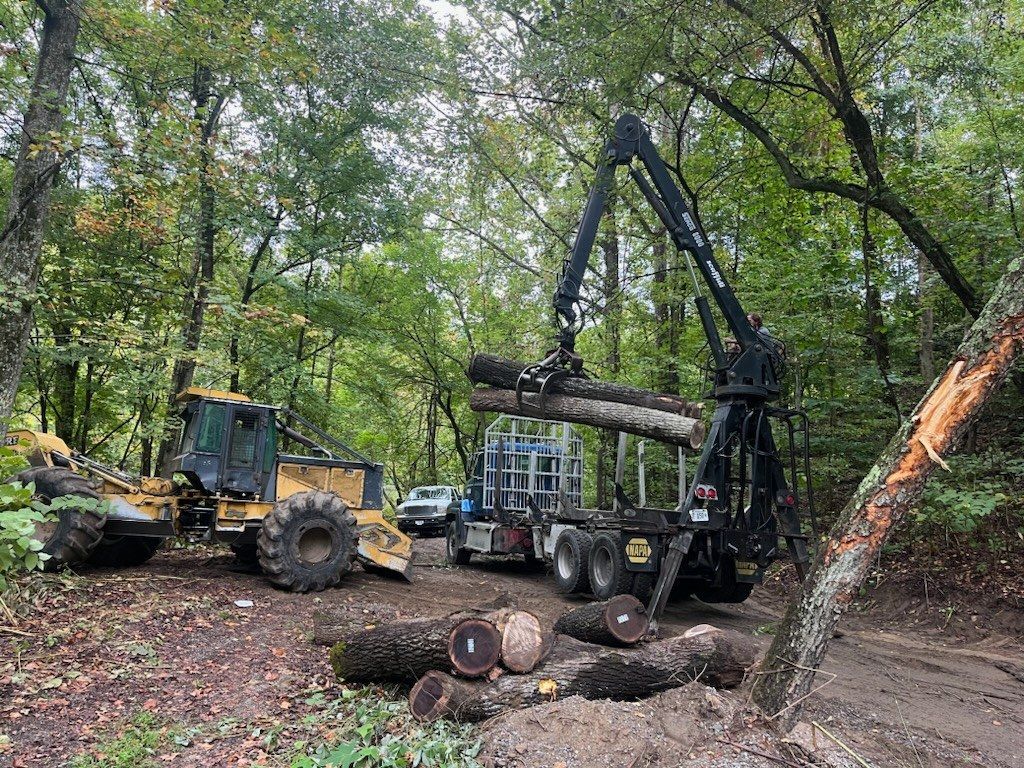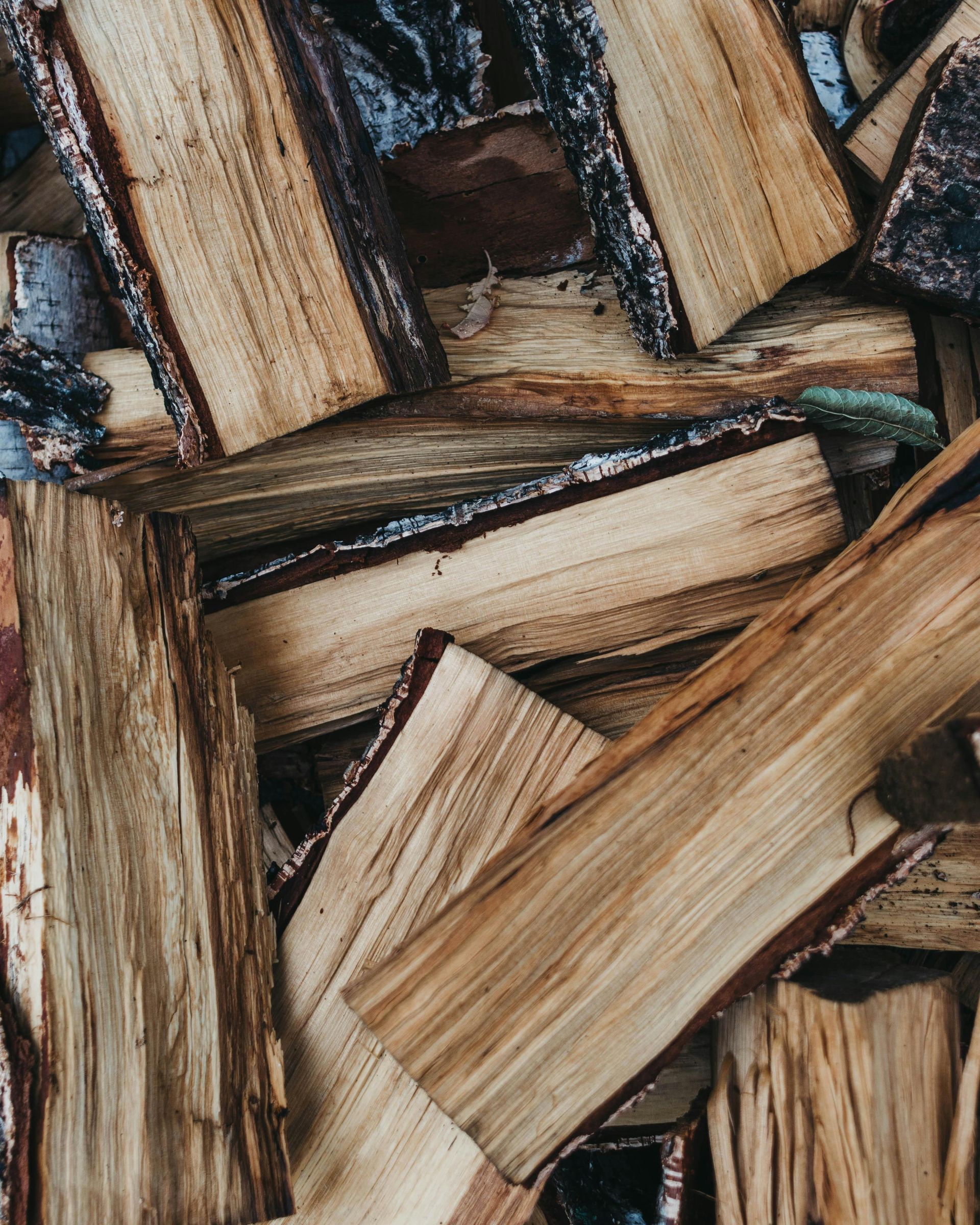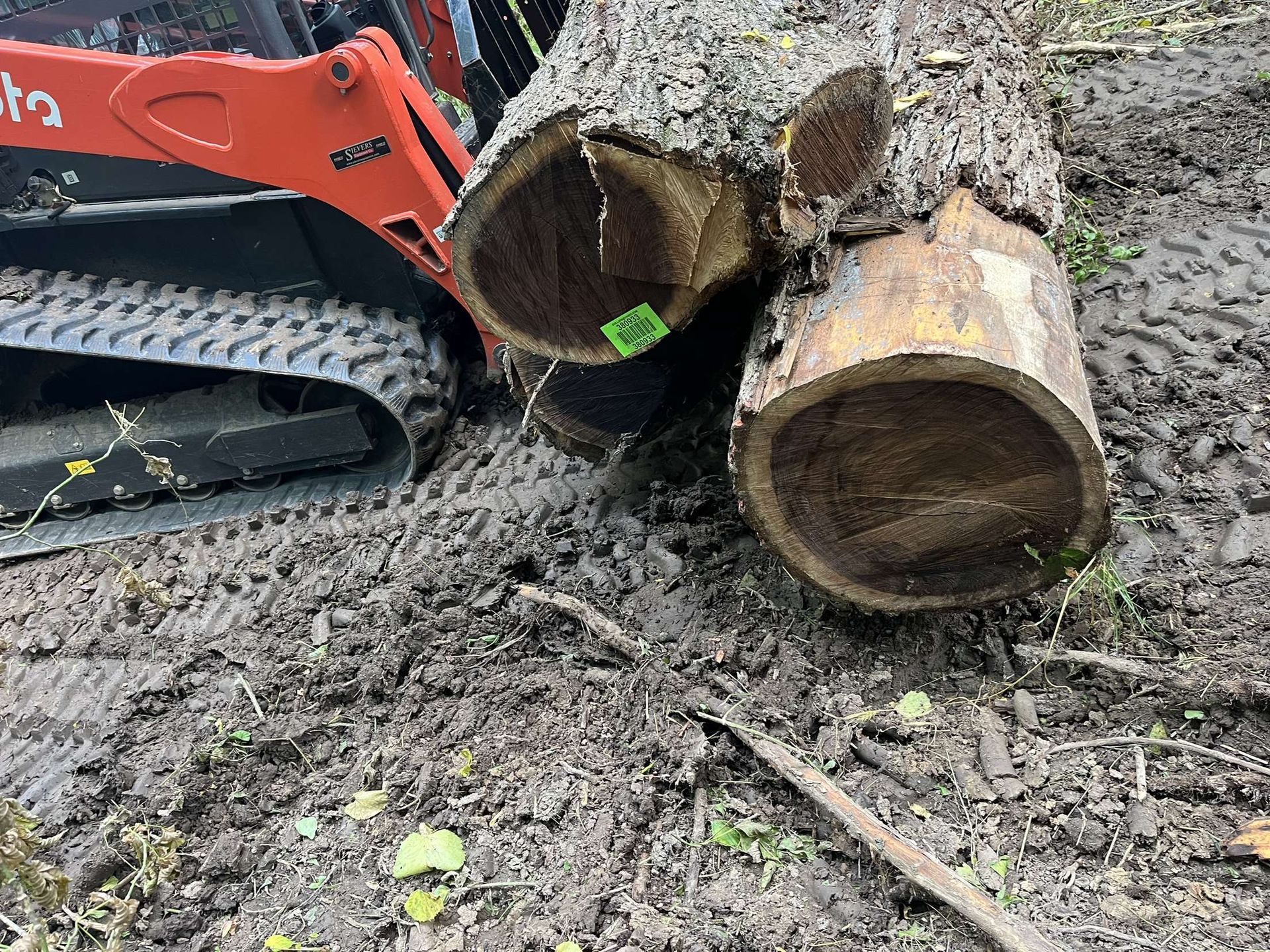Maximizing Profits from Walnut Log Sales: A Step-by-Step Guide for Illinois Landowners
For Illinois landowners, black walnut trees (Juglans nigra) represent a lucrative opportunity. With 2025 stumpage prices averaging $1,628 per thousand board feet (MBF) and premium veneer logs reaching up to $3,650/MBF, selling walnut timber can generate significant income. However, maximizing profits requires strategic planning, from timing the market to negotiating with buyers and ensuring accurate log scaling. Mistakes like undervaluing veneer-grade logs or selling to the first bidder can cost thousands. This comprehensive guide, crafted by GradeTimber.com, provides Illinois landowners with a step-by-step approach to optimize walnut
log sales, tailored to the state’s unique market and regulatory landscape. By targeting SEO-friendly searches like “how to sell walnut logs for maximum profit in Illinois” or “black walnut timber sales tips,” we aim to draw revenue-focused landowners while showcasing our expertise in timber economics. Whether your property lies in the fertile river bottoms of central Illinois or the forested hills of the south, these strategies will help you secure top dollar while adhering to sustainable practices.
Understanding the Illinois Walnut Market
Illinois’ 4.4 million acres of forestland, much of it privately owned, make it a hotspot for black walnut, prized for its rich, dark wood used in furniture, veneer, and gunstocks. Demand is driven by domestic manufacturers and international markets, particularly in Asia, where veneer-grade logs command premium prices. In 2025, market trends remain strong, with Illinois walnut prices fluctuating seasonally—fall/winter sales often fetch 5-10% more due to easier logging access on frozen ground. However, prices vary by region: proximity to mills in areas like Peoria or Quincy can boost stumpage value by reducing transport costs. Key to profitability is understanding log grades. Veneer logs (straight, defect-free, >18 inches DBH) are the most valuable, followed by sawlogs (usable but imperfect) and cull (low-value
firewood). Misgrading can slash profits—veneer logs misclassified as sawlogs may lose 50% of their value. Illinois’ fertile soils often produce high-quality veneer, making accurate appraisal critical.
Step-by-Step Guide to Maximizing Walnut Log Sales
Follow these steps to ensure you capture the full value of your walnut timber in Illinois.
1. Prepare Your Walnut Stand for Sale
Inventory and Assessment: Start by cataloging your trees. Measure diameter at breast height (DBH, 4.5 feet up) using a diameter tape or calipers, and estimate merchantable height (to first branch) with a Biltmore stick or clinometer. A 24-inch DBH tree with a 16-foot clear log yields approximately 220 board feet (BF) using the International 1/4-inch log rule. Identify veneer candidates: straight, knot-free trees over 18-20 inches DBH with no seams or sweep (curvature).
Enhance Value: Years before sale, prune lower branches to increase clear bole length, boosting veneer potential. Control competing vegetation to promote straight growth. Avoid tapping trees for syrup, as scars can reduce log value by 20-50%.
Timing the Market: Monitor Illinois Department of Natural Resources (IDNR) quarterly timber price reports for peak prices, typically in winter when frozen ground aids access. In 2024, fall prices hit $1,660/MBF on average, with projections stable into 2025. Avoid oversupply periods, like spring, when markets may dip.
2. Find and Select Reputable Buyers
Illinois requires timber buyers to be licensed under the Timber Buyers Licensing Act—verify licenses through IDNR’s online portal to avoid scams. Buyer types include:
● Local Mills: Facilities like those in central Illinois (e.g., Walnut Timber Buyers) offer competitive prices for sawlogs and veneer.
● Export Buyers: Target high-grade veneer for international markets, often yielding 20-30% higher prices.
● Timber Auctions: Events like Illinois Forestry Association’s “show-me” tours attract multiple bidders, driving up offers.
Engage a consulting forester from the Illinois Consulting Foresters Association ($200-500/site or $0.10-0.15/BF) to solicit sealed bids, often increasing profits by 20-30%. Avoid unsolicited buyers who may lowball or misgrade logs.
3. Accurate Log Scaling and Grading
Proper scaling ensures fair payment. Illinois prefers the International 1/4-inch log rule for accuracy over the Doyle rule, which underestimates smaller logs. Hire a scaler or forester to measure log length and diameter, calculating BF. For example, a 26-inch DBH tree with two 16-foot logs might yield 500 BF.
Grade logs meticulously:
● Veneer: Straight, defect-free, >18 inches DBH, valued at $2,000-$3,650/MBF.
● Sawlog: Knotty or slightly curved, $500-$1,500/MBF.
● Cull: Firewood-grade, $100-$300/MBF.
Double-check veneer candidates, as misgrading to sawlog can cost thousands. Use USDA grading standards (e.g., FAS for top quality).
4. Negotiate Strong Contracts
A well-crafted contract protects your interests. Key clauses include:
● Payment Structure: Prefer lump-sum payments for predictable income over pay-as-cut, which depends on harvest volume.
● Best Management Practices (BMPs): Mandate low-impact logging to protect soil, per IDNR guidelines.
● Cleanup and Damage: Require site restoration and bonds for repairs.
● Log Grading Disputes: Include third-party arbitration for disagreements.
Negotiate with multiple bidders to leverage competition. A central Illinois landowner secured $15,000 for 15 trees by using sealed bids, per Extension records.
5. Oversee the Harvest
Monitor logging to ensure compliance with BMPs and prevent damage to residual trees or soil. Use winter harvesting to minimize compaction in Illinois’ loess soils. Verify log counts match contract terms before payment.
6. Optimize Tax Benefits
Timber sales qualify as capital gains, often taxed at lower rates. Establish your cost basis (original land value plus improvement costs) to reduce liability. Enroll in the Illinois Forestry Development Act for property tax breaks on managed forests. Consult a tax professional to deduct logging costs (e.g., forester fees, site prep).
Common Pitfalls to Avoid
● Undervaluing Veneer Logs: Always have a forester grade logs—veneer misclassified as sawlog can halve profits.
● Accepting First Offers: Unsolicited buyers may offer 30-50% below market value.
● Improper Bucking: Cutting logs too short or incorrectly reduces grade. Ensure skilled loggers follow veneer specs.
● Ignoring Transport Costs: Proximity to mills (e.g., within 50 miles) boosts net returns.
● Theft Risks: High-value walnuts attract poachers. Mark boundaries and use trail cameras.
Illinois-Specific Resources and Case Studies
Leverage these tools:
● IDNR Timber Price Reports: Track seasonal trends.
● Illinois Forestry Association: Attend auctions or workshops.
● University of Illinois Extension: Free guides on scaling.
● Forestry Forum: Online insights on buyer trends.
Case Study 1: A southern Illinois landowner with 20 mature walnuts used a forester to solicit bids, netting $22,000 at $3,200/MBF for veneer-grade logs. Winter harvesting reduced site damage, boosting residual tree value.
Case Study 2: Near Quincy, a farmer sold 10 trees for $12,500 after avoiding an unsolicited $8,000 offer by consulting IDNR for licensed buyers.
Strategies for Long-Term Profitability
To sustain income, reinvest in reforestation with grafted walnut seedlings for faster growth. Pursue Forest Stewardship Council (FSC) certification for premium prices. Regular harvests every 10-15 years maintain cash flow while preserving groves.
Strategic walnut log sales in Illinois combine market savvy with careful execution. Grade Timber offers free consultations and connects you with licensed buyers for maximum returns. Download our Illinois Timber Sales Guide and contact us to start your profitable harvest today.
